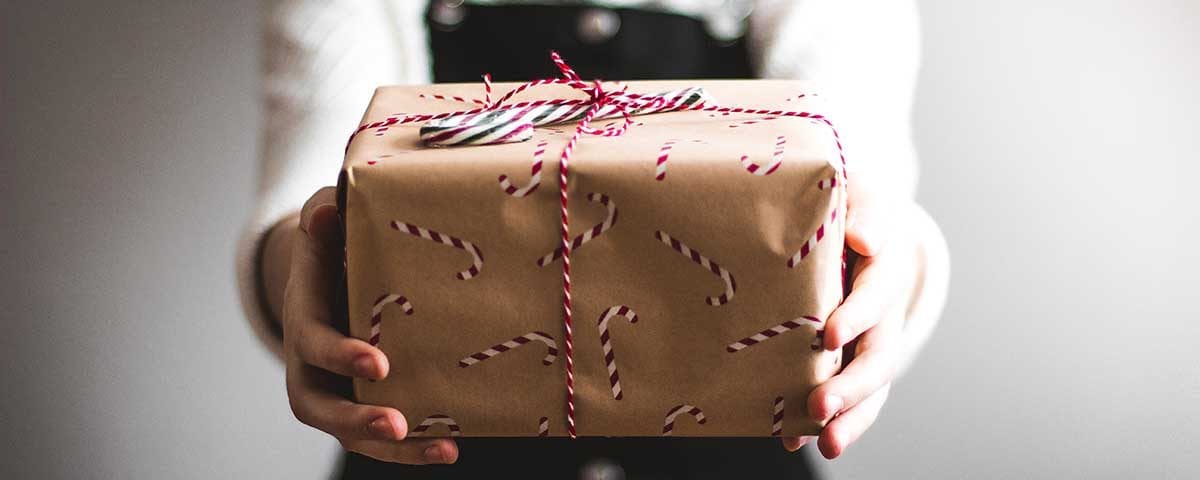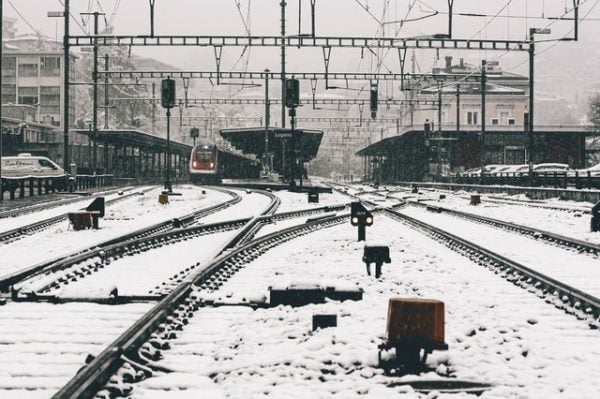
When the Three Wise Men arrived in Bethlehem, they were carrying gold, frankincense, and myrrh on the backs of their camels. They’d traveled hundreds of kilometers guided by a star. They had no idea what the words “fossil fuels” meant, nor did they imagine that, several centuries later, the planet would be worried about something called climate change.
Today, Christmas is quite different. So many gifts circle the globe before reaching their destinations, and these stacks of presents are wrapped in paper and plastic. During this season, consumption skyrockets in a world that’s already very consumeristic.
However, it is possible to have a sustainable Christmas. In fact, more and more people are taking the time to think about how to plan their parties to reduce their impact on the environment. We’re going to give you a few tips to give gifts, decorate, eat, and travel more sensibly this Christmas.
The first step: rethinking presents
It’s estimated that the United Kingdom’s residents alone use more than 365,000 kilometers of paper to wrap their gifts every Christmas. That’s enough to circle the globe more than 25 times. The vast majority of these gifts also come in their own packaging, which ends up filling trash bins around the world.
A simple first step to reduce Christmas’s environmental impact is to look for alternatives to wrapping paper. There are so many options once you start using your imagination: reusable bags, newspaper, old magazines, or packaging from other products are just a few. Instead of tape, you can use strands of wool or twine.
If you like crafty options, there’s furoshiki, a traditional Japanese technique for sustainable gift-giving. It entails making wrappers out of squares of fabric that can be reused over and over.
 Gifts wrapped with the Japanese technique of furoshiki. Weekend knitter (Flickr).
Gifts wrapped with the Japanese technique of furoshiki. Weekend knitter (Flickr).
And what about what’s inside the wrapping? There are many options for responsible gift ideas. Among them is Esturirafi’s Sustainable Christmas initiative: its Instagram account showcases hundreds of ethical, ecological, and beautiful brands and products to suit all tastes.
In the home: options for sustainable decoration
Another result of holiday excess is wasted energy. To prevent this, you can use candles instead of lights or make sure that the bulbs are energy efficient. It’s also important to turn them off whenever they’re not in use. This will help bring down your electricity bill and reduce the amount of carbon dioxide (CO2) emissions we release into the atmosphere.
 Candles are another option for decorating without increasing energy consumption at Christmastime. Sixteen Miles Out (Unsplash)
Candles are another option for decorating without increasing energy consumption at Christmastime. Sixteen Miles Out (Unsplash)
Candles aren’t the only interesting alternative to traditional Christmas decorations. The options for creating alternative centerpieces or garlands with recycled items are endless. As for the tree, why not go for a real one and re-plant it when the holidays are over?
A feast with a lower carbon footprint
You’ve probably heard it before: food production is behind one-quarter of global greenhouse gas emissions. Our current food system is also tied to food waste, which leads to vast waste generation and contamination of soils and water reserves.
However, small changes when deciding on the menu and buying food can make big differences. Here are a few tips to make meals more sustainable at Christmas and year-round:
- Go with seasonal foods.
- Choose local and zero-kilometer products.
- Prioritize options with the lowest carbon footprint, such as wheat, rye, corn, and apples, and reduce consumption of those with the highest impact, such as beef, lamb, and cheese.
- Save those leftovers.
- Avoid using disposable plates, glasses, and napkins.
- Serve smaller quantities to prevent food waste.
- Use leftovers to make new meals.
Sustainable routes
Christmas is a time of getting together and, as a result, travel, which has a significant carbon footprint. Some options to minimize this are opting for public transit over private transportation and taking trains instead of airplanes whenever possible.
 Trains have a lower carbon footprint than planes or personal vehicles. Oleg Magni (Pexels).
Trains have a lower carbon footprint than planes or personal vehicles. Oleg Magni (Pexels).
If you have to travel by car, it’s best to try and share the ride. Why not offer that empty seat to someone who’s going to the same place? By not using another vehicle, emissions are cut in half.
To better understand the carbon footprint of each trip, you can use calculators like Carbon Footprint’s. Doing this in advance will let you figure out the most efficient, comfortable, and sustainable alternatives. In fact, planning is one of the key factors in having a more sustainable Christmas. It helps us consume wisely, prevent impulse buys, and come up with the funnest and most original ways to celebrate differently.





There are no comments yet